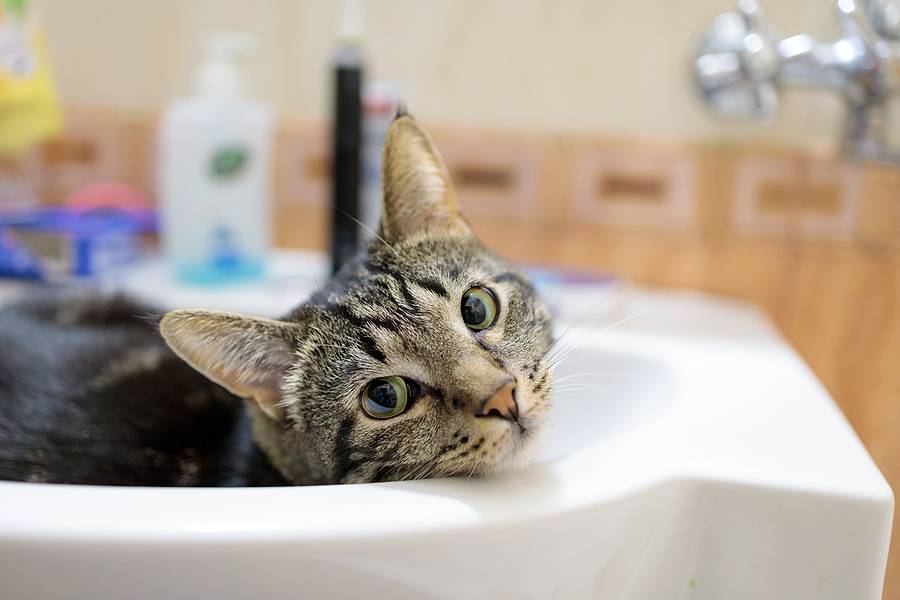Call This Monday to Get $50 OFF
Call us today
214-943-2424

Owning a pet brings immeasurable joy and companionship, but it also comes with its own set of challenges, particularly when it comes to maintaining your home. One often-overlooked area of concern is the plumbing system. Pets can inadvertently cause significant damage to pipes, drains, and other plumbing fixtures. To avoid costly plumbing repair services, it’s essential to take preventive measures.
Pets, especially dogs and cats, are naturally curious and tend to explore their environment using their mouths and paws. This behavior can lead to a variety of plumbing issues, such as:
Taking proactive steps can help you avoid the need for frequent plumbing repair services. Here are some effective strategies to protect your plumbing from your pets.
For more severe problems, it’s best to contact a professional plumber. A qualified plumbing repair service can accurately diagnose and fix the issue, ensuring your plumbing system remains in good condition.
Protecting your plumbing from your pets requires a combination of preventive measures and prompt action when issues arise. Regular grooming, installing drain covers, securing exposed pipes, and keeping toilets closed are all effective strategies to safeguard your plumbing. In case of persistent problems, don’t hesitate to seek help from a professional plumbing service like Texas Rooter. By taking these steps, you can enjoy the companionship of your pets without compromising the integrity of your plumbing system.
We all know that extremely cold weather can lead to frozen and burst pipes.…
Read MoreHave you ever walked into your basement after a heavy rain and found water everywhere?…
Read MoreHave you ever been startled by a strange noise coming from your water heater? Those…
Read MoreWater isn't always as pure as it seems. Contaminants—from harmless minerals to potentially harmful chemicals—can…
Read MoreImagine you’re hosting a backyard barbecue in sunny Texas when you…
Read More